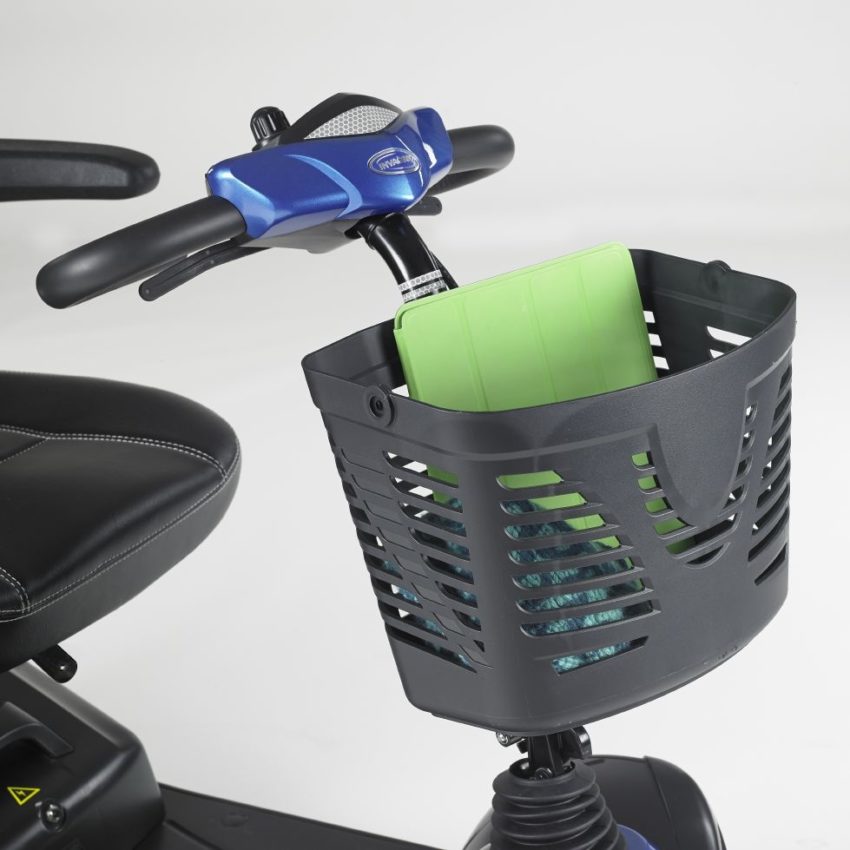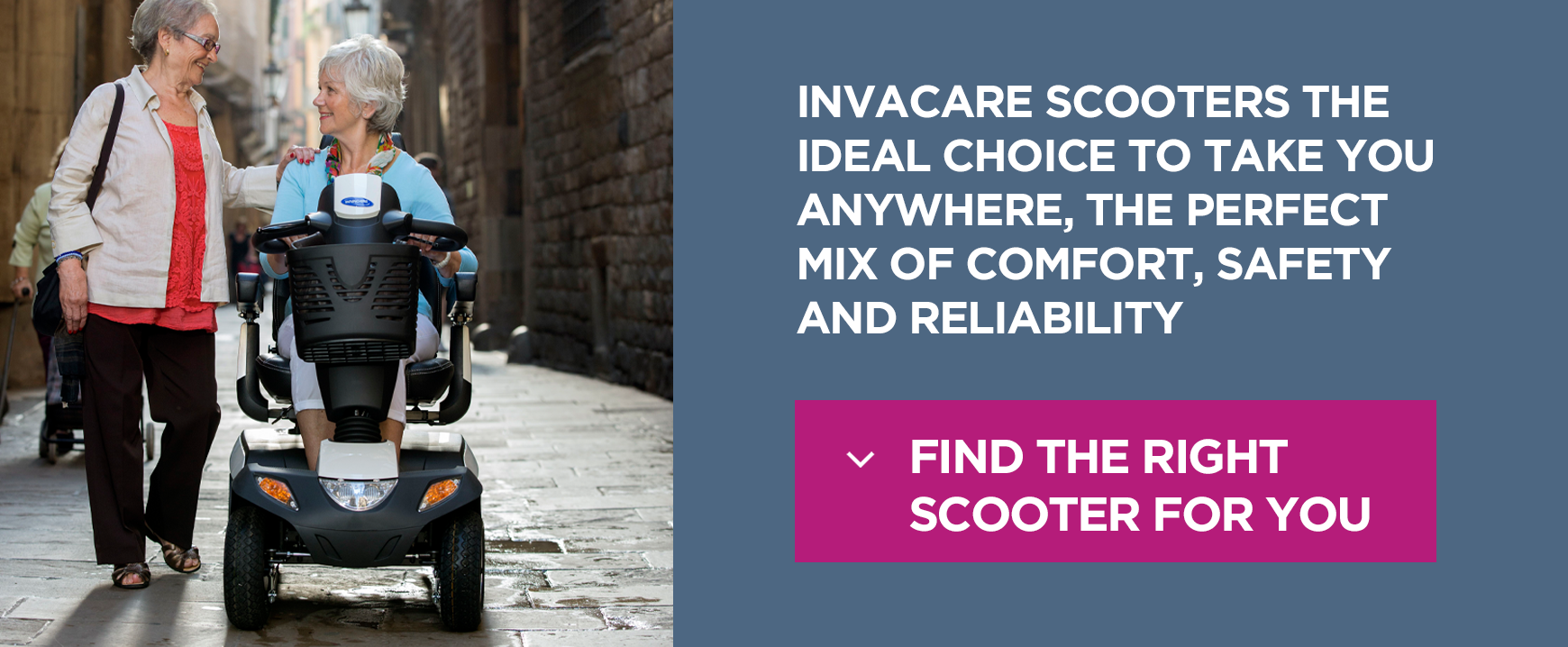What can lightweight mobility scooters offer that standard models cannot?

Typically a lightweight mobility scooter is one that can be folded or dismantled to be transported or stored and is designed for use on pavements or within shopping areas.
The discussion regarding benefits of a lightweight mobility scooter is often best understood in the context of their class as defined by the department of transport (UK).
Class 2 scooters
- Lightweight
- Low speed
- Intended for pavements or shopping areas
- Maximum speed is 4mph
- Often designed to fold or be taken apart in smaller components to aid storage or transportation.
Class 3 scooters
- Classed as class 3 vehicles
- For use on all roads other than dual carriageways or where minimum 50mph limit is imposed
- Maximum speed limit of 8mph on roads but 4mph on pavements or in public places.
- Often much heavier than Class 2 to accommodate for larger battery and terrain.
- Come with features such as hazard lights, horn, and brake lights due to road use.
Important comparisons
1- Weight
The reduced weight is often created by use of materials in construction and the smaller footprint. It seems fairly obvious to say but this reduction in weight allows the user greater freedom and maneuverability within the intended environment, providing more choice and control.
2- Speed
Although some might perceive the speed restriction in context of a Category 3 scooter to be a negative it actually is not. Consider the environment the lightweight mobility scooter is being used in and whether the need for maneuverability is greater than that for speed. The speed for this class of scooter is therefore limited to maximise other areas of performance as well as user and public safety.
3- Storage
Most class 2 scooters can fold or come apart easily. They may also be known as ‘boot scooters’ simply because one of their benefits is the ability to put in the boot of a car or indeed stored in the hold of an aircraft when travelling.
Folding simply means that the scooter has a collapsing mechanism which allows it to be stored neatly, often within a provided case or bag. Dismantling means that the lightweight mobility scooter can be taken apart to save space. Models such as the Invacare Colibri offer this feature without the need for tools or complex assembly using a unique LiteLock ™ system.
Summary
If you are looking to purchase a mobility scooter the first thing you need to consider is its purpose in supporting your daily routines and independence.
How are you planning on using the scooter?
If it is to go to the local store or shopping area, to use around the home, to take on holiday or go in the car then the lightweight mobility scooter is likely to benefit you over a heavier category 3 model.
If however it is to visit friends more than a couple of miles away where pavements are not guaranteed or you need something more heavy duty then the lightweight model may not be for you.
The lightweight mobility scooter can change your life, enabling you to remain safe and independent within day-to-day routines for many years to come.







